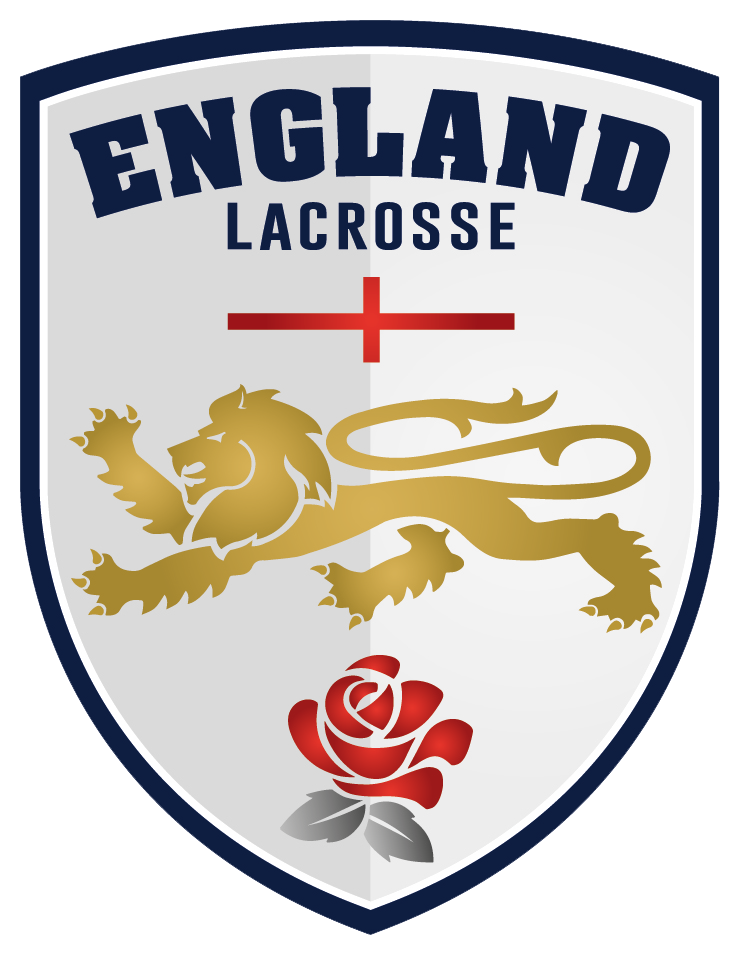Having access to a working defibrillator (often referred to as an Automated External Defibrillator, AED or Defib) could be key to saving a life in a moment of crisis and, at England Lacrosse, we are aware that many clubs and teams do not currently have access to one.
We’ve put together this handy guide to give clubs and teams the information needed to get a defibrillator installed on their premises.
Choosing the right defibrillator is crucial. Here are 12 important things to consider before having one installed:
1. Purpose & Location
- Determine where the AED will be placed and who the potential users might be.
- Some AEDs are designed specifically for professional use (in medical settings) while others are for public access or home use.
2. Ease of Use
- If the AED is intended for public spaces, it's important to choose a device that's easy to use, even for someone with no medical background.
- Look for clear voice prompts and visual indicators.
3. Pediatric Capability
- If the device may be used in an environment with children (like schools), ensure it has pediatric capabilities or can be used with pediatric pads.
4. Battery Life & Maintenance
- Check the lifespan of the battery and how often it needs to be replaced.
- Some AEDs conduct regular self-checks and indicate when maintenance is needed.
5. Cost
- It's essential to find a device that fits within your budget. Consider not just the initial cost but also the cost of replacement parts and maintenance.
6. CPR Feedback
- Some AEDs offer real-time feedback during CPR, guiding the user on the depth and rate of compressions. This can be beneficial, especially for untrained individuals.
7. Training & Support
- Some manufacturers offer training sessions or resources for new users.
- Consider if there's customer support available and how accessible it is.
8. Manufacturer Reputation
- Look for trusted brands with positive reviews and a good track record in the market.
9. Warranty & Service
- Check the warranty duration and what it covers.
- Some manufacturers offer extended warranties or service plans.
10. IP (Ingress Protection) Rating
- The IP rating indicates how resistant the device is to dust and water. If the AED will be placed outdoors or in a humid environment, a higher IP rating might be necessary.
11. Local Guidelines & Regulations
- In some regions, there might be specific guidelines or approvals needed for certain AED models. Ensure the device you're considering meets these requirements.
12. Feedback from Similar Users
- If possible, get feedback from other clubs, organisations or individuals who've purchased AEDs for similar settings.
Finally, it can be beneficial to consult with the British Heart Foundation prior to purchase as they can offer specific advice based on your needs.
Remember, having an AED is just one part of the equation. Regular training and drills, proper maintenance, and public awareness are all crucial to ensure the device can be used effectively in an emergency.
Funding For Your Defibrillator
Obtaining funding for defibrillators can be achieved through various means. Here's a guide to help you secure funding.
1. National Health Service (NHS) & Related Entities
- Some NHS trusts or clinical commissioning groups (CCGs) may have funding or initiatives related to public access defibrillators.
2. Local Councils
- Many local councils support health and safety initiatives, including placing defibrillators in public areas. Approach your local council to inquire about potential funding or grants.
3. The British Heart Foundation (BHF)
- BHF has previously supported campaigns and initiatives to place defibrillators in communities. It's worth checking their current offerings or contacting them directly.
4. Crowdfunding
- Platforms like JustGiving or GoFundMe can be used to raise funds. Create a compelling campaign explaining the need for and importance of defibrillators in your club.
5. Local Businesses
- Some businesses might sponsor a defibrillator as part of their corporate social responsibility efforts or to safeguard the local community in which they operate.
6. Charitable Trusts and Foundations
- Some UK-based trusts and foundations provide grants for health and safety initiatives, including the Department for Health & Social Care, AED Donate, and The National Lottery Community Fund.
7. Partnerships with Schools
- Schools might be interested in ensuring the safety of their students, staff, and parents. Collaborate to raise funds and perhaps install defibrillators on school premises.
8. Approach MPs or Local Representatives
- They might be able to guide you towards potential sources of funding or even champion the cause themselves.
When seeking funding, ensure you have a clear proposal detailing:
• The need for the defibrillator(s) in your specific area or community.
• The benefits and potential lives saved.
• Costs associated, not just for the defibrillator but also for training, installation, and maintenance.
• Any support (financial or otherwise) you've already secured.
If you already have a defibrillator or once you get one installed, it is important to register it with The Circuit.
The Circuit is the national defibrillator network and it provides the NHS ambulance services with vital information about defibrillators across the UK so that in those crucial moments after a cardiac arrest, they can be accessed quickly to help save lives.
To register your defibrillator, click HERE.
Training
The British Heart Foundation offers free online training on how to do CPR if someone has a cardiac arrest HERE.

